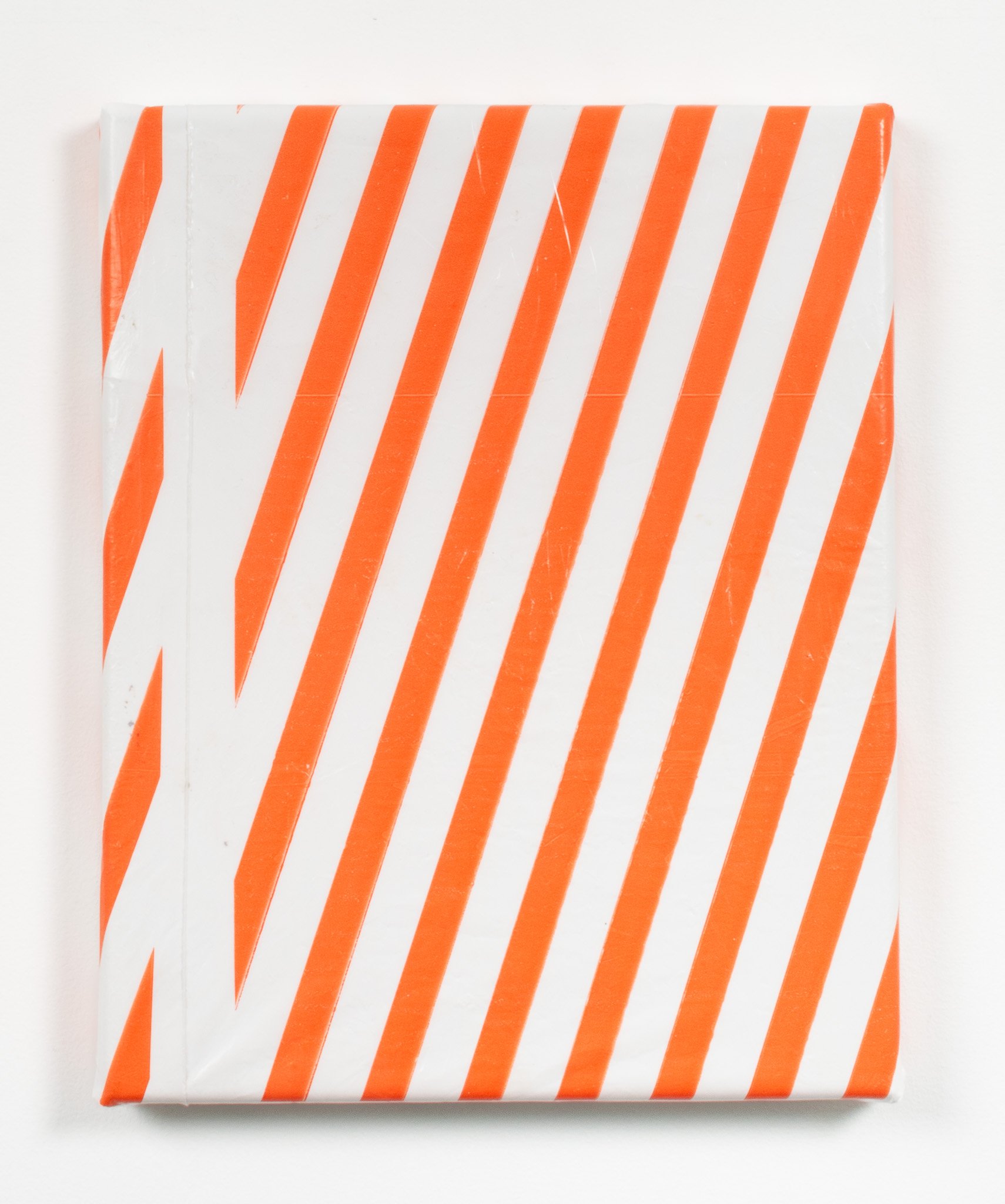BACKWASH
curated by Anthony Oates and Oscar CapezioDrill Hall Gallery, Australia National UniversityBackwash includes works by Robert Bittenbender, Isabella Darcy, George Egerton-Warburton, Sarah Goffman, Spencer Lai, Marian Tubbs, and Philadelphia Wireman.Interview with Isabella Darcy Backwash - Drill Hall Gallery WebsiteContemporary artists have lived through an era of uncertainty and disillusion. Floating along a current of late-capitalism, a self-perpetuating system of waste, they find themselves stuck in a cyclical deadlock, overloaded with images of humanity’s self-destruction. In creating art from the ‘backwash’ of contemporary life, artists Robert Bittenbender, Isabella Darcy, George Egerton-Warburton, Sarah Goffman, Spencer Lai, Marian Tubbs, and Philadelphia Wireman grapple with a tide of excessive mass consumption and an ever intensifying globalisation by readdressing its residues.By colluding with the contaminating force of waste – the useless, the spent, the all-too-much – these artists examine how waste might be considered a natural and normative condition. In his catalogue text, co-curator Oscar Capezio states that Backwash “is a fluid metaphor of excess and expenditure, of the flow and function of waste within a system of consumption. As a dynamic operation of backwards flow, the thematic of ‘backwash’ is deliberately indeterminate and formless, not privy to any one experience or category of object.” Backwash pertains to a reflux within our economies. Its radical edge and its serious implication serves to threaten, to undo, to contaminate, purge, dislocate, and debase.Working with the politics of shock, many of the artworks assembled in Backwash confront our dependence on consumption and our overwhelming indifference to its effects on a fair and equitable society. “Classic models of economics assume a high degree of predictability and a small compliment of change to stimulate profitability and growth,” writes co-curator Tony Oates. In his catalogue essay, he describes how the ‘spectacle’ of contemporary society “establishes its order by instating blindness; a blindness that we realise corresponds to indifference.” Could the artist’s engagement with disorder and the chaotic provide a strategy that enables us to ‘see’ more clearly?In Backwash, we encounter complex assemblages of found objects, printed matter, photographs, and paintings. These hyperbolic tangles of the everyday filter the materials and memories that we accumulate. Their modes of construction rely on methods of containment, material limits, and systems of control. Juxtaposing these parameters with elements of unpredictably the artworks in Backwash attests to creative freedom and to subjectivity. The material transformation of these works underscores an empathy for the discarded and the under-appreciated. Yet the work’s playfulness retains a threat of violence, where function and decoration is a distraction from the material’s ultimate violation.In the central gallery space, George Egerton-Warburton’s three sculptures evoke rural labour, the industrialisation of agriculture and the wretchedness of poverty. He described these artworks as figurative “mobiles, which carry the same vocabulary of weight as hanging meat, [but] are also borders, traumascapes and representations of power.”In Gallery Three Sarah Goffman’s installation HEAVY DUTY: fifty years of stuff – part supermarket, part garage sale – faces off against Guy Dubord’s 1974 film, The Society of the Spectacle. Both concerned with the state of our world, its lack of clear leadership and our culture’s subsumption into a global economy, Goffman and Debord utilise found materials of excess, appearance and consumption to draw our attention to the ‘spectacle’ and our implicit culpability.(Left to right)
foldover #2, 2023
plastic bag over wood
Moodboard #22, 2021
archival frame, screenprint on paper
Moodboard #23, 2021
archival frame, screenprint on paper
(Left to right)
Untitled (stars in black and gold), 2023
plastic bag over canvas
Untitled (Georgian basket), 2023
plastic bag over canvas
Untitled (blue bag), 2023
plastic bag over canvas
Untitled (Netto), 2023
plastic bag over canvas
Untitled (silver bag), 2023
plastic bag over canvas
frame #1, 2023
plastic bag over canvas
frame #2, 2023
plastic bag over canvas
Untitled (u-dash), 2023
plastic bag over canvas
(Left to right)
frame #1, 2023
plastic bag over canvas
frame #2, 2023
plastic bag over canvas
Untitled (stars in black and gold), 2023
plastic bag over canvas
Untitled (silver bag), 2023
plastic bag over canvas
Untitled (Netto), 2023
plastic bag over canvas
minaudiere #1, 2023
plastic bag over canvas
messenger, 2023
plastic bag over canvas
(Left to right)
Eau de production #7, 2022
plastic bag, perfume box over canvas
minaudiere #1, 2023
plastic bags over canvas
Untitled (oc.utsisk), 2023
plastic bag over canvas
messenger, 2023
plastic bag over canvas
foldover #1, 2023
plastic bag over canvas
Untitled (p), 2023
plastic bag over canvas
Untitled (d), 2023
plastic bag over canvas
minaudiere #2, 2023
plastic bag over canvas
Untitled (strand), 2021
plastic bag over canvas
(Left to right)
Eau de production #7, 2022
plastic bag, perfume box over canvas
minaudiere #1, 2023
plastic bags over canvas
Untitled (oc.utsisk), 2023
plastic bag over canvas
messenger, 2023
plastic bag over canvas
foldover #1, 2023
plastic bag over canvas
(Left to right)
foldover #1, 2023
plastic bag over canvas
Untitled (p), 2023
plastic bag over canvas
Untitled (d), 2023
plastic bag over canvas
minaudiere #2, 2023
plastic bag over canvas
Untitled (strand), 2021
plastic bag over canvas
(Left to right)
Untitled (p), 2023
plastic bag over canvas
Untitled (d), 2023
plastic bag over canvas
























